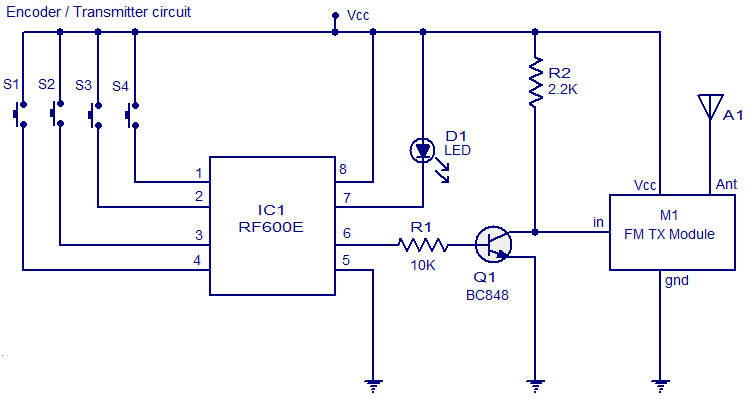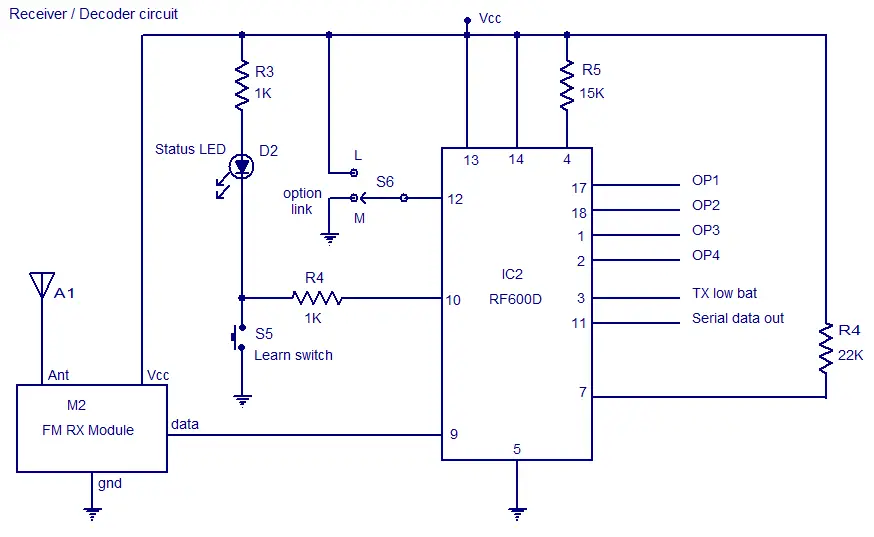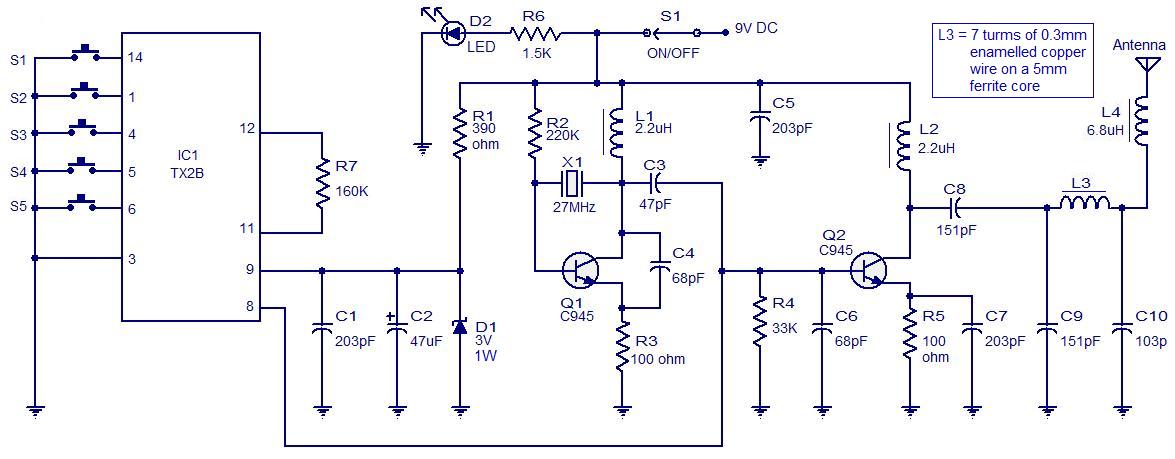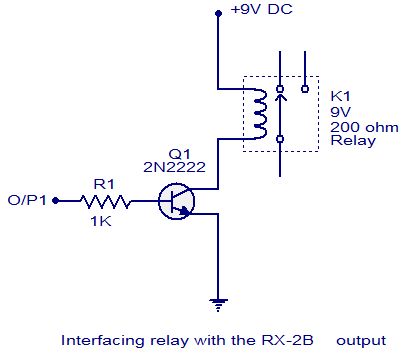Here are some 3V to 9V DC converter circuits that were requested by
some of our visitors. It may be helpful to have one of this converters
when no 9V battery is available or if you consider that they are too
expensive. The first circuit is very simple, it uses the TL496 power
supply controller, a coil and a electrolytic capacitor.
TL496 3 to 9 volt converter circuit

The maximum output voltage is actually 8.6V and current is around 80mA.
The input current (the current drawn from the batteries) is 405mA at the maximum output current. Without load the current consumption is 125µA and the batteries life is around 166 days.
Here is another 1.5… 4.5V to 9V converter

3 volt to 9 volt with LMC555
This dc converter is built with the CMOS version of 555 timer. You can get 12V too if you change the zener diode to a 12V version.

Probably there are more 3 to 9 volt dc converters but for the moment those are the only ones presented in this article.
-------------------------------------------------------------------------------------------------------------------
TL496 3 to 9 volt converter circuit

The maximum output voltage is actually 8.6V and current is around 80mA.
The input current (the current drawn from the batteries) is 405mA at the maximum output current. Without load the current consumption is 125µA and the batteries life is around 166 days.
Here is another 1.5… 4.5V to 9V converter

3 volt to 9 volt with LMC555
This dc converter is built with the CMOS version of 555 timer. You can get 12V too if you change the zener diode to a 12V version.

Probably there are more 3 to 9 volt dc converters but for the moment those are the only ones presented in this article.
******Related Topic ******
- 3V to 9V DC Converters
- 1.5V Battery to 5V Voltage Converter
- Simple UPS
- Mini High-Voltage Generator
- 555 timer IC Inverter circuit schematic 12V to 220V
- Simple Inverter
-------------------------------------------------------------------------------------------------------------------






 The
circuit can be easily wired on a very small rectangular common PCB.All
connections should be kept as short as possible. If available,try to
add a good quality 8 pin DIP socket for IC1. Note that the power
inductor’s (L1) DC resistance significantly affects efficiency. For
highest efficiency, limit L1’s DC resistance to 0.03 Ohm or less. A
thru-hole type standard power inductor can be used. Similarly, the ESR
of all capacitors (bypass and filter) affects circuit efficiency. Best
performance is obtained by using specialized low-ESR capacitors.
The
circuit can be easily wired on a very small rectangular common PCB.All
connections should be kept as short as possible. If available,try to
add a good quality 8 pin DIP socket for IC1. Note that the power
inductor’s (L1) DC resistance significantly affects efficiency. For
highest efficiency, limit L1’s DC resistance to 0.03 Ohm or less. A
thru-hole type standard power inductor can be used. Similarly, the ESR
of all capacitors (bypass and filter) affects circuit efficiency. Best
performance is obtained by using specialized low-ESR capacitors.














